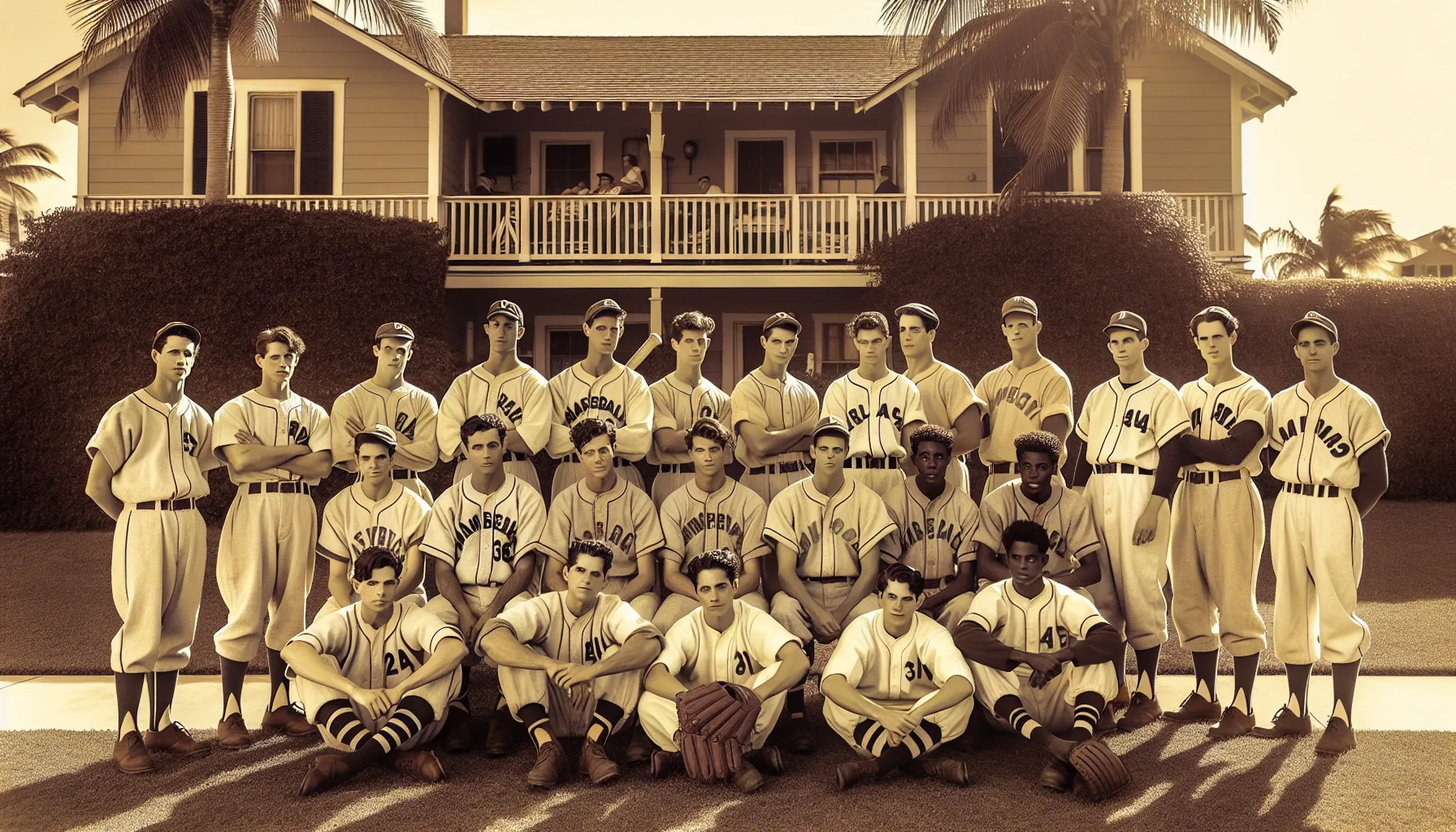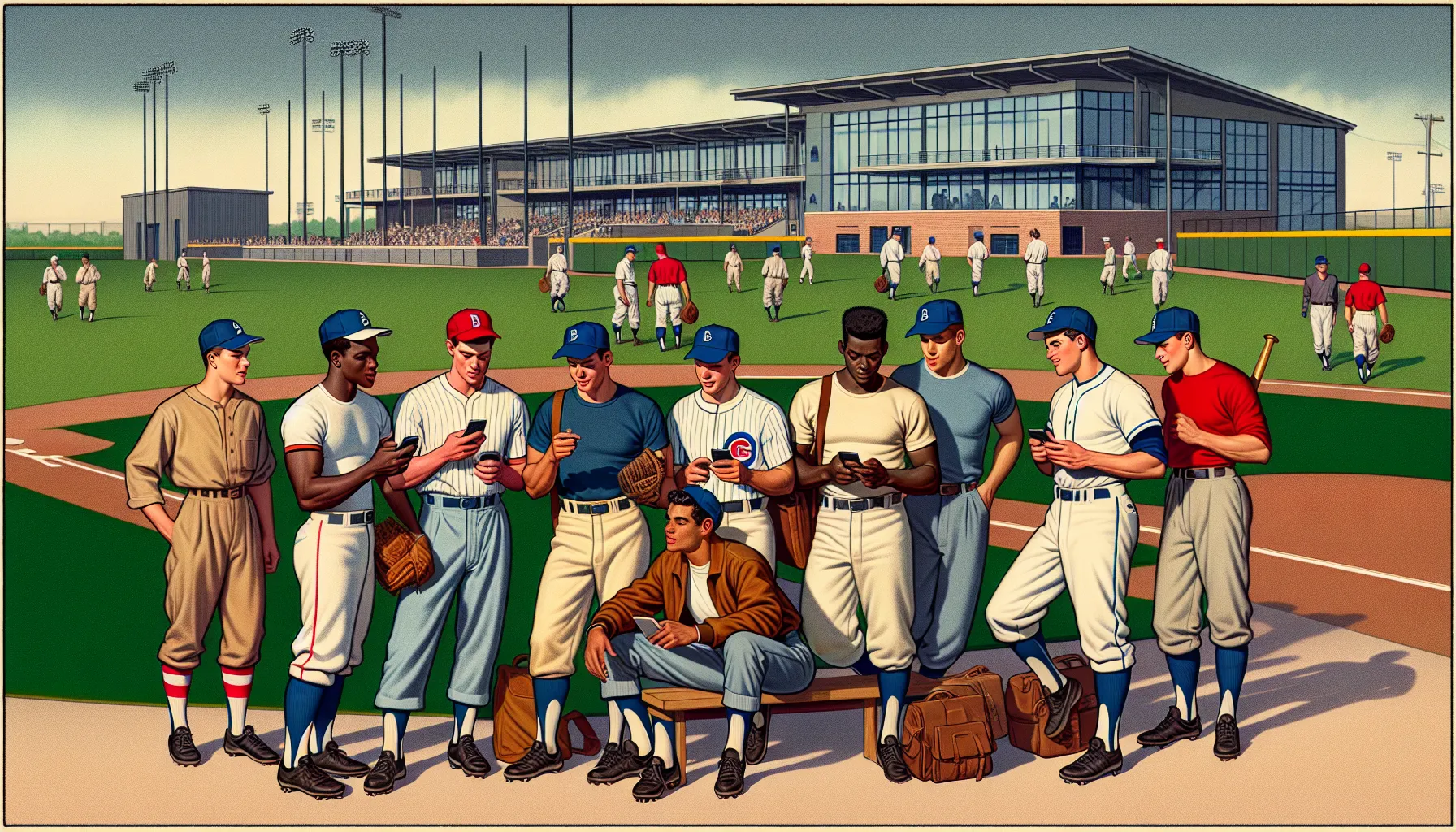When spring training rolls around, excitement fills the air as Major League Baseball teams gear up for a new season. But if you’re wondering how players handle their living arrangements during this pivotal time, you’re not alone. Housing during spring training has been a topic of growing interest, especially with players relocating to temporary training hubs in Arizona and Florida.
You might assume MLB teams handle everything, but the reality isn’t always straightforward. Housing policies can vary widely depending on the team, player contracts, and recent league agreements. Whether you’re a curious fan or a player navigating the logistics, understanding how housing works during spring training sheds light on the behind-the-scenes dynamics of professional baseball.
Overview Of Spring Training Housing
Spring training housing is a critical aspect of preparing players for the season. Teams, players, and management face a range of considerations in organizing suitable accommodations.
Importance Of Housing During Spring Training
Housing affects players’ focus and readiness for training. Comfortable and accessible accommodations allow athletes to minimize commute times, ensuring they reach facilities on time. Proximity to training complexes also reduces travel-related fatigue, contributing to better performance on the field. For minor league players or those on non-roster invites, stable housing arrangements can relieve financial stress, impacting their overall experience.
Typical Challenges Faced By Players
Players often face financial and logistical obstacles during spring training. High rental costs near training facilities in states like Florida or Arizona can burden minor league athletes and non-veteran players, who receive lower pay. Limited housing duration due to short spring training periods complicates securing leases, leaving many to depend on team-sponsored lodging or temporary stays. Additionally, language barriers may arise for international players, making navigation and contracts more challenging.
Do MLB Teams Provide Housing For Spring Training?

MLB teams don’t universally provide housing for players during spring training. Housing arrangements depend on league policies, individual team practices, and player contracts.
League Policies On Housing Assistance
MLB doesn’t mandate a uniform housing policy for spring training. Major League players typically manage their own accommodations due to lucrative contracts, while teams often facilitate housing for minor league players. Collective bargaining agreements influence housing support, particularly for minor leaguers, ensuring some teams cover costs or offer stipends. However, this assistance sometimes excludes non-roster invitees or international players without established contracts.
Variations Across Different Teams
Housing policies during spring training can vary significantly. Some teams offer team-sponsored housing to reduce player expenses, especially for younger athletes. Others help secure discounted rentals near training facilities. Teams based in Arizona for the Cactus League or Florida for the Grapefruit League may differ in the level of housing support due to local rental market conditions. A few teams create partnerships with local hotels, while others leave arrangements entirely to the players. This inconsistency creates diverse housing experiences across the league.
Alternatives Available To Players

Players can explore different housing options during spring training based on team policies, personal preferences, and financial circumstances. These alternatives vary widely and aim to address diverse needs for comfort, convenience, and affordability.
Accommodations Provided By The Teams
Some teams provide temporary lodging for players, especially those in minor league systems. These accommodations may include shared apartments, dormitory-style setups, or team-designated hotels. Costs for these arrangements may be fully covered or partially subsidized, depending on collective bargaining agreements and team practices. For example, minor league players often receive housing assistance to alleviate financial strain, while major league players rarely rely on team-sponsored options.
In cases where teams partner with property management companies, players might access discounted rentals near training facilities. Such arrangements reduce logistical challenges, ensuring proximity to training sites and easing the transition for players traveling from international locations.
Independent Housing Options
Players not covered under team-sponsored agreements often secure independent housing. Renting short-term apartments or vacation rentals through platforms like Airbnb or Vrbo is a common choice. These options provide greater privacy and flexibility but may come with higher costs. Major league players, due to higher earnings, often favor luxury rentals, while minor league or non-roster invitees typically opt for more budget-friendly housing.
Temporary housing agencies specializing in sports accommodations sometimes assist players in finding suitable options. Additionally, some players stay with host families, particularly in locations where spring training has a robust community support network. This arrangement offers affordable lodging and cultural support, benefiting younger or international players adapting to the new environment.
Impact Of Housing Arrangements On Players

Housing arrangements during spring training significantly affect players’ financial stability, performance, and overall morale. The nature of these accommodations influences their readiness for the season.
Financial Implications For Players
Housing costs during spring training impose varying financial burdens depending on a player’s role and experience. Minor league players, with lower average salaries reported at roughly $12,000 to $15,000 annually, often experience the greatest strain. Rental prices near training facilities can consume a substantial portion of these earnings, especially when factoring in utilities, transportation, and food expenses. Teams occasionally provide stipends or cover housing costs, but non-roster invitees and international players without substantial contracts may lack sufficient support, forcing them to opt for cheaper, less convenient arrangements like shared accommodations. Major league players, benefiting from significantly higher salaries, typically secure independent lodging, reducing financial stress but requiring proactive effort for management.
Effects On Team Performance And Morale
Comfortable housing arrangements foster improved performance and morale among players. Proximity to training facilities reduces commute times, preserving energy for practices and games while minimizing distractions. When players face housing insecurity, such as difficulty finding affordable options or dealing with subpar living conditions, their focus can be compromised, negatively affecting their on-field contributions. Consistent and supportive housing policies encourage stronger team camaraderie and reduce the mental burden of logistical challenges. Minor league players thrive in team-sponsored lodging or shared housing with peers since these settings provide emotional support and an opportunity to build relationships. Conversely, inequitable housing arrangements across teams can create resentment, lowering morale and diminishing collective performance potential.
Conclusion
Spring training housing is a complex and varied aspect of baseball that significantly impacts players’ experiences and performance. While some teams provide support through stipends or team-sponsored lodging, others leave arrangements to the players, creating diverse challenges and opportunities.
Understanding these dynamics offers a deeper appreciation for the logistical hurdles players face during this critical preseason period. As housing policies continue to evolve, equitable solutions can play a key role in fostering player success and team unity.
Frequently Asked Questions
Do MLB teams provide housing for players during spring training?
MLB teams do not universally provide housing during spring training. While major league players often cover their own accommodations, many teams offer housing assistance for minor league players, such as stipends, team-sponsored lodging, or discounted housing. Policies vary across teams and are influenced by collective bargaining agreements.
Why is housing important for players during spring training?
Comfortable housing close to training facilities helps players minimize commute times, reduce fatigue, and focus on preparation. Good living arrangements can enhance performance, morale, and overall readiness for the season.
What challenges do players face regarding spring training housing?
Players face high rental costs, short-term lease difficulties, and, for international players, potential language barriers when navigating housing agreements. Non-roster invitees and minor league players often experience the greatest financial strain.
How do minor league players typically secure housing during spring training?
Minor league players often rely on team-sponsored lodging, such as shared apartments or designated hotels, with costs subsidized by the team. Others may turn to platforms like Airbnb, host families, or temporary housing agencies for affordable, short-term accommodations.
Do international players receive housing assistance during spring training?
Some teams provide housing support or resources for international players, but others leave arrangements to the players. Language barriers and unfamiliarity with local practices can present additional challenges for these players.
What financial impact does housing have on minor league players?
High rental costs near training sites can strain minor league players financially, as their salaries are significantly lower than their major league counterparts. Teams may offer stipends or assistance, but non-roster invitees or players without strong contracts may receive little support.
How are major league players’ housing needs managed during spring training?
Major league players typically manage their own accommodations, using their higher earnings to secure private housing. They usually opt for short-term rentals like Airbnb, which provide privacy and flexibility.
Do housing policies differ across MLB teams?
Yes, housing policies vary significantly among MLB teams. Some provide team-sponsored housing or financial assistance, while others leave players to make their own arrangements, leading to differing experiences across the league.
How does housing affect team morale during spring training?
Equitable housing arrangements promote team camaraderie and reduce stress, fostering positive morale. Conversely, disparities in support can lead to resentment among players, negatively impacting overall team dynamics and performance.
What alternatives exist for players without team-sponsored housing?
Players without team-sponsored options often turn to Airbnb, short-term rental agencies, or host families for accommodations. These alternatives offer flexibility but can be more expensive or less convenient compared to team-provided housing.
